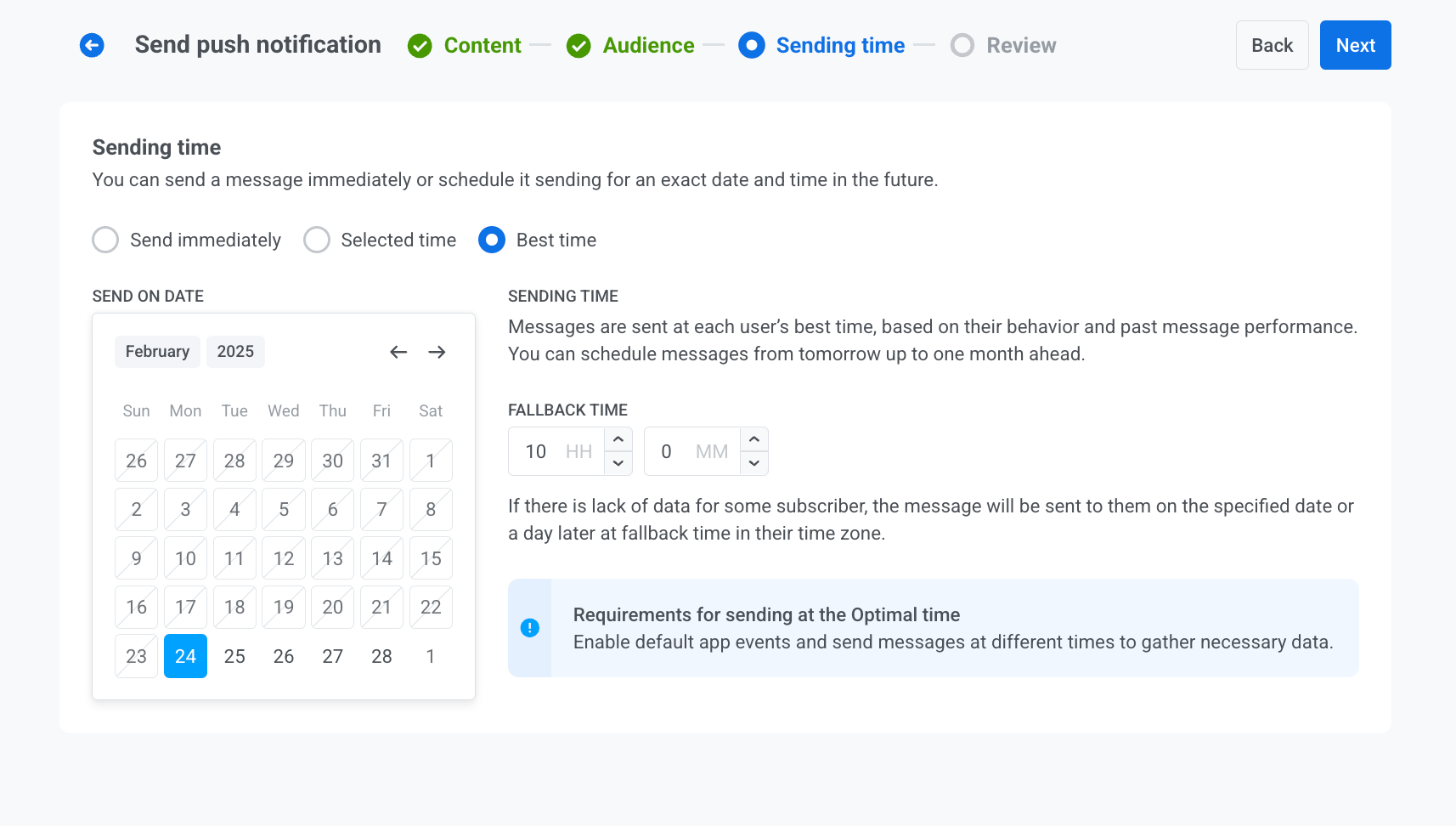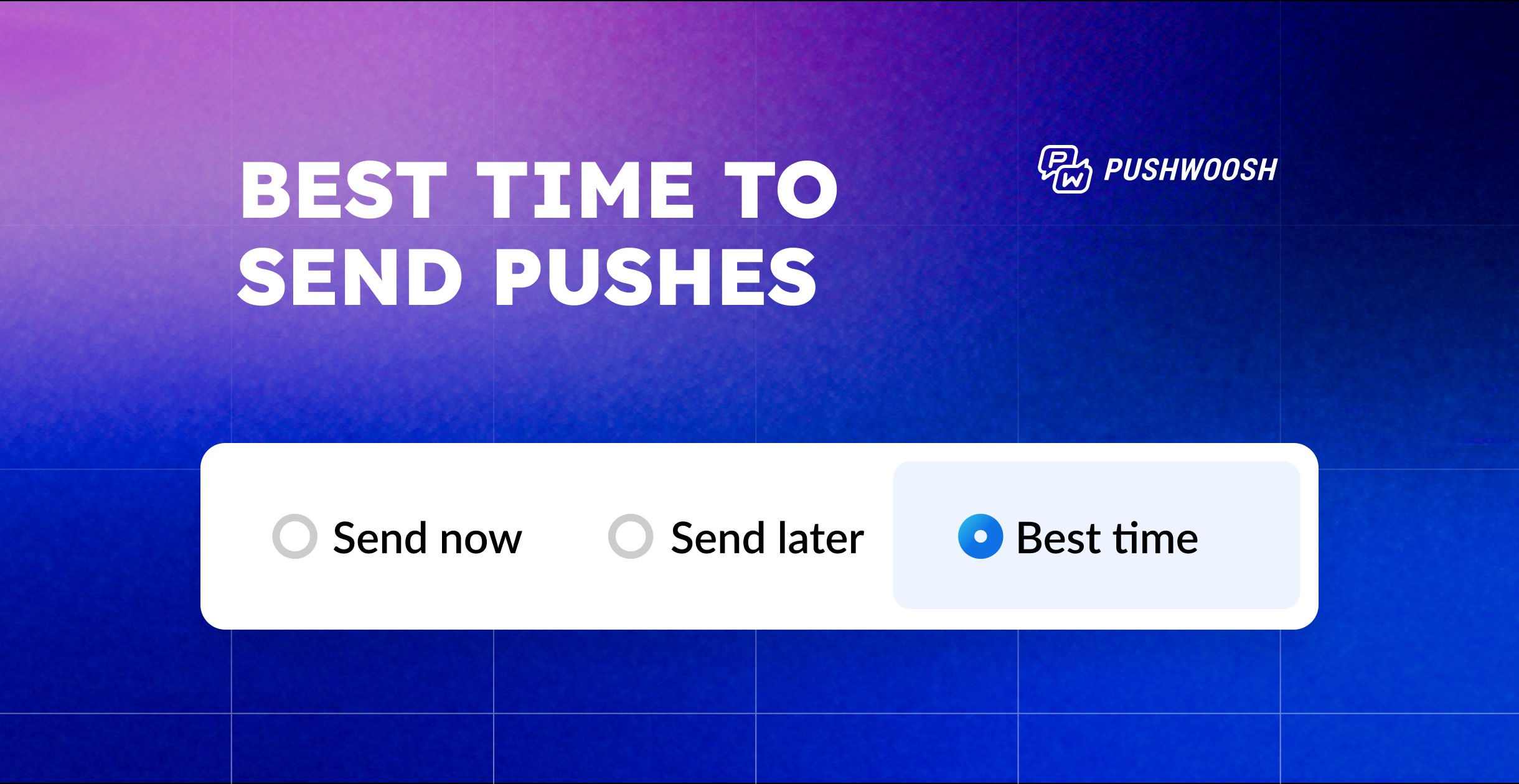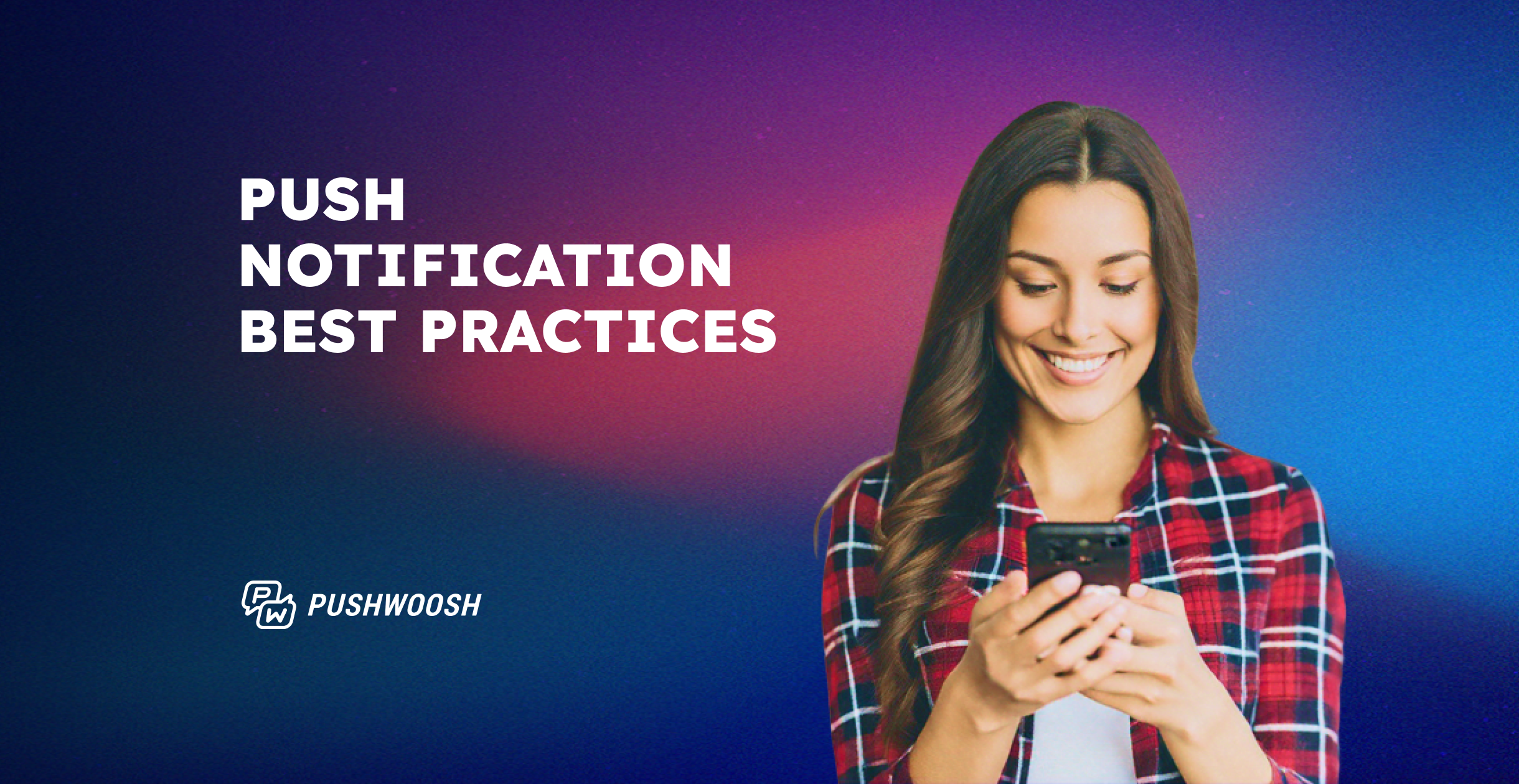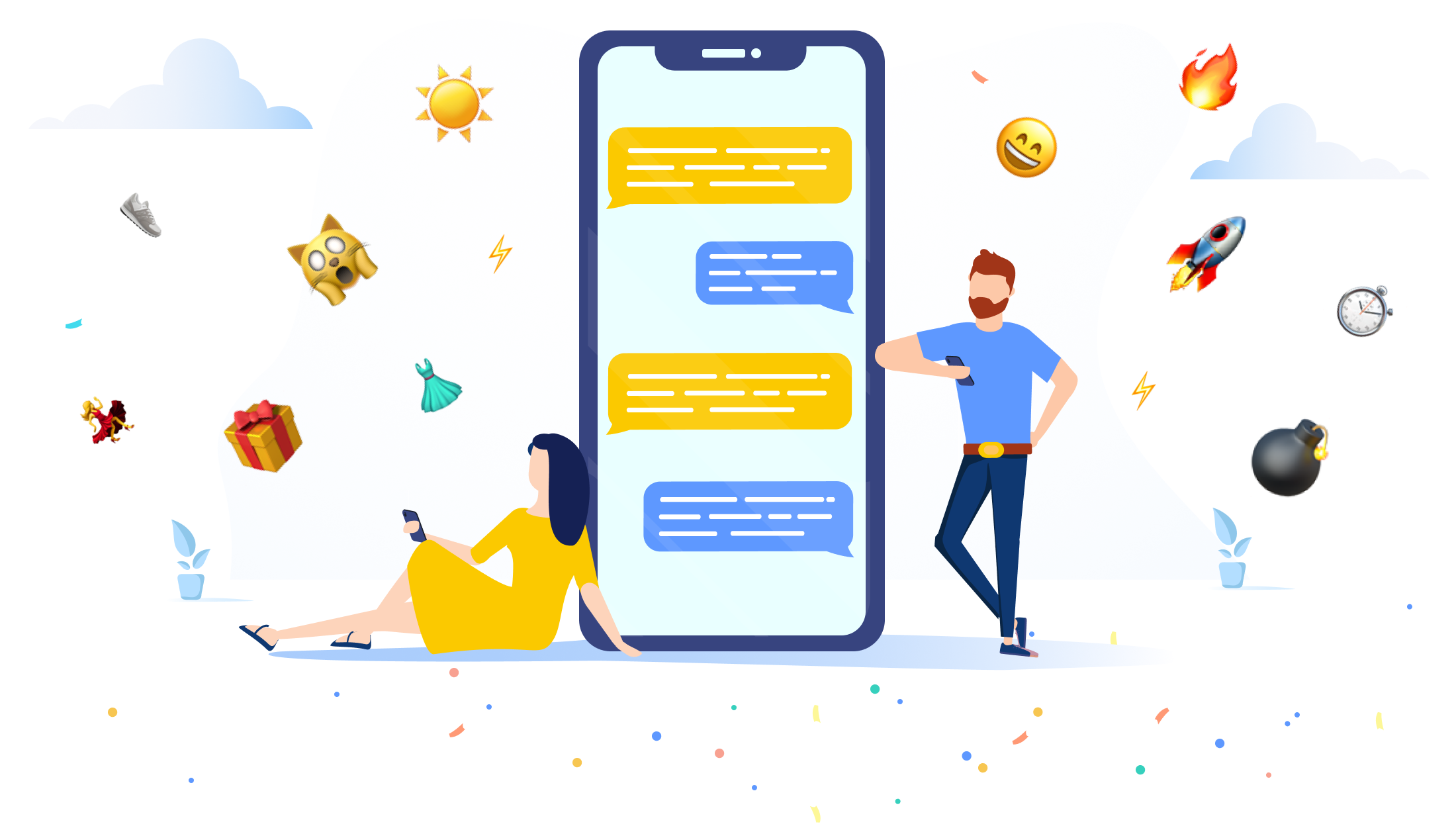Best time to send push notifications: How Pushwoosh personalizes delivery times for each user
As a mobile app marketer, you know that improving push open and click-through rates is a challenge. With so many push notifications that users receive daily, it takes work to stand out and grab their attention. What can help? Sending push notifications at a time when users are more likely to engage with them.
Pushwoosh understands the challenge and has come up with a solution: the ‘Best time to send’ feature calculates the most effective time to reach users individually based on their previous behavior.
Keep reading to learn more about what marketing results you can achieve by sending your pushes at the Best time prompted by Pushwoosh.
Why timing matters in push notifications
53% of users consider push notifications to be annoying. For marketers, this underscores the importance of sending notifications at the right time to keep users engaged without wearing them out.
Nailing the best time to send push notifications isn’t just about avoiding irritation—it’s also a powerful way to drive user engagement.
Avoiding user frustration with well-timed push notification strategy
Poorly timed push notifications can annoy users and lead to notification opt-outs. Interrupting users during work hours or late at night harms the user experience.
By aligning notifications with user routines and understanding the best time to send push notifications, you create a positive experience. Thoughtful timing not only increases engagement but also builds user trust and loyalty.
The impact of timing on user engagement
By delivering notifications when users are most active, you boost open rates, CTRs, and conversions as you reach users when they’re most likely to respond.
With a right push notification strategy, you can deliver personalized messages that capture user attention and guide them toward the actions you want them to take—whether it’s viewing pages, using app features, registering, upgrading, or making purchases.
Well-timed notifications can also re-engage dormant users, increasing the chances of bringing them back and improving long-term retention.
What is the best time to send push notifications?
If you are wondering what the best time to send push notifications is, you will find a variety of answers online. Some recommend sending them in the morning when people wake up, while others suggest evenings when they have free time to engage with your app.
You’ll also find plenty of advice on industry-specific best times to send push notifications. For example, e-commerce apps often see better results during evenings and weekends, while productivity apps may perform best during work hours.
But the truth is, these recommendations are not one-size-fits-all and what works for one app may not work for another. Therefore, it’s more effective to calculate the best time for the audience of your particular app and ideally, even personalize it for each user.
Using data to determine the best time to send push notifications
If you want to calculate the best time for your app audience, it all comes back to analytics and analyzing customer behavior. If you use a customer engagement platform for mobile messaging, there are a few possible strategies you can leverage:
1. Experimenting with A/B/n tests
By comparing the results of the groups involved in testing, you can determine which timing works best for your audience.
❌ The limitations of this method are that it’s effort-consuming and that it doesn’t take into account individual behavior patterns.
2. Sending push notifications in response to user behavior
When you send a push notification in response to a user’s in-app activity (e.g., a user has viewed a particular app page), you increase your chances of making this message timely and relevant.
❌ What if a user hasn’t performed an action? You will still have to figure out the best time to send your message.
3. Using Google Analytics
Using analytics tools like Google Analytics can help identify peak traffic times, allowing marketers to schedule notifications when users are most active. Additionally, evaluating user engagement and feedback periodically can aid in adjusting push notification strategies to better meet user preferences.
❌ The limitation of this method is that it relies on aggregated data and general trends, which may not reflect individual user behavior or real-time engagement patterns.
4. Using Pushwoosh’s Best time to send feature
It will benefit those marketers who seek to fully automate the process of estimating the best time to send, as well as make it individual for each user. The tool is available out of the box, reducing time costs and load on the marketing function.
Surefire solution – best time estimated by Pushwoosh
With the Best time to send feature, you can send push notifications when users are most likely to interact with them.
How does Pushwoosh determine the Best time?
The best time is calculated automatically based on previous user behavior: =the time they open the app most often and tend to open pushes you send. The calculation is updated every two hours, providing higher accuracy and personalization.
The Best time feature is available in Pushwoosh Customer Journey Builder. You can schedule your messaging for a period starting the following day to one month later. You just need to pick the date, while the rest will be done by Pushwoosh!
What happens if there is a lack of data for a specific user?
In this case, a user will receive a message at a default time that you set for them.

Get in touch with our team to learn more about Pushwoosh tools and features:
What types of apps will benefit from the feature?
The Best time feature is particularly useful for the apps that run user engagement and promotional campaigns:
- E-commerce apps;
- Gaming apps;
- Subscription-based apps (fitness, health, education, etc.).
The Best time is not effective for media apps when they report breaking news or delivery apps when they inform users about their orders – obviously, these cases imply swift, time-sensitive messaging.
However, media apps can still benefit from the feature when sending periodic news digests to their users.
What results to expect
By enabling the Best time feature, mobile marketers may expect an up to 30–40% increase in campaign CTRs (according to Pushwoosh’s internal study).
Moreover, you can expect an improvement in the metrics that are most relevant for your industry:
- E-commerce apps: conversion to purchase, revenue;
- Gaming apps: conversion to purchase, engagement, retention;
- Subscription-based apps: conversion to paid subscribers, ARPU, engagement, retention;
- Media apps: website traffic.
Drive your CTR with Pushwoosh Best time to send feature
With Pushwoosh Best time feature, you can send push notifications at the time that is the most favorable for each individual user, leveling up the personalization of your campaigns and driving CTRs as well as other marketing metrics.Try out the Best time to send feature to see how it can benefit your mobile app. Sign up to Pushwoosh today to get started:
Or get in touch with our team to discover more:





